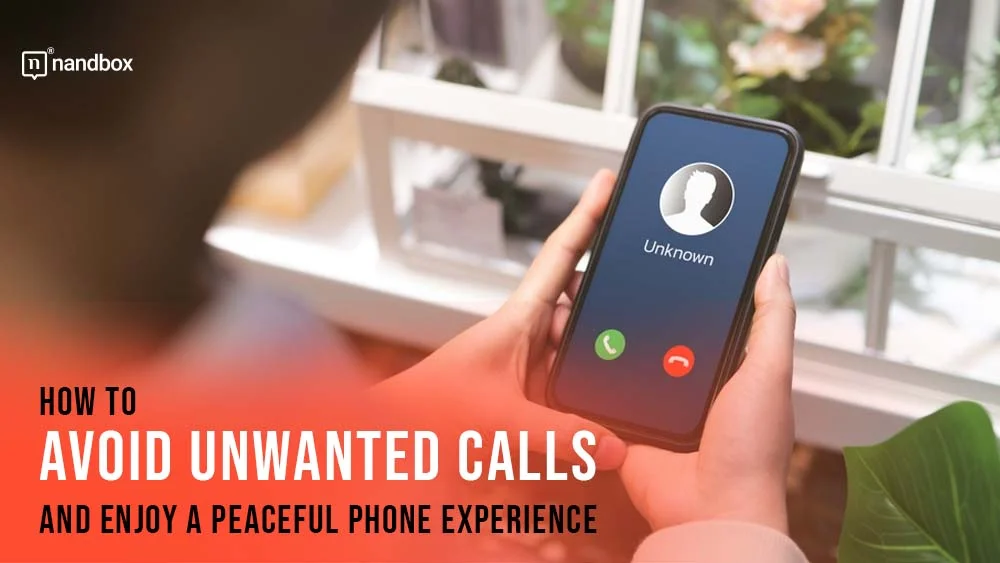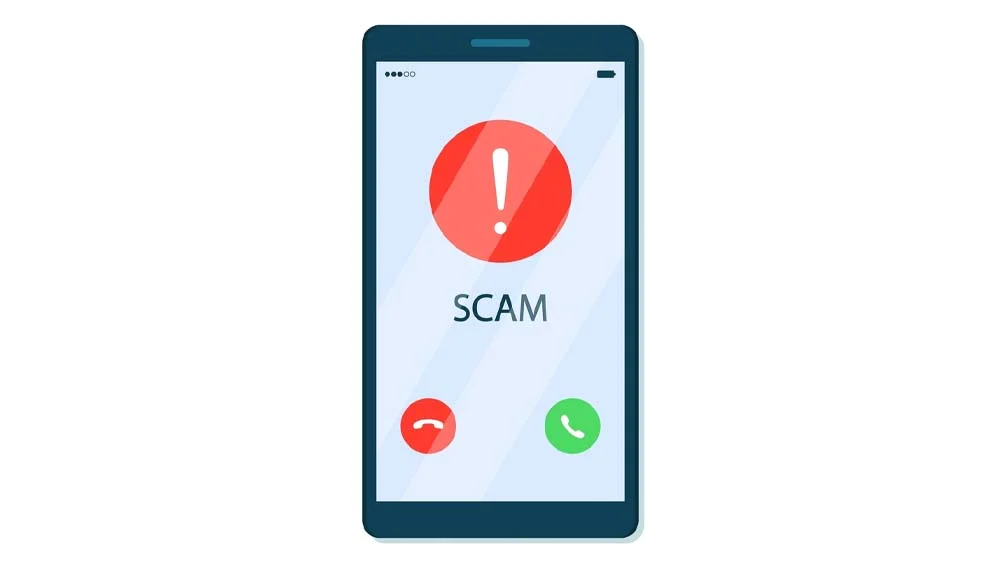Unwanted calls could be both a nuisance and a safety hazard. From telemarketers to scammers, a variety of individuals could get you entangled in their predatory ploys with a single phone call. The risks are complex and multifaceted, so avoiding them is imperative to ensure your peace of mind. In this article, you will learn how to avoid unwanted calls with a few simple steps. But before that, let’s understand what kind of trouble you stand to encounter by letting down your guard.
Common Types of Unwanted Calls
Here are some of the troublesome calls you would want to avoid:
-
One-ring calls
Sometimes, scammers can cut the line after one ring, hoping you will call them back. When you do, you will be charged exorbitant international dialing fees and other charges, part of which will go to the fraudsters. And the longer you stay connected, the more money they make. So, one-ring callers will try various tactics to keep you on the call.
-
Impersonation scams
Malicious actors can mimic a variety of organizations to trick you into giving them money or sharing personal information. IRS imposters, for instance, can demand immediate payment of taxes via wire transfer or ask you to verify tax ID details to target you for identity theft.
-
Robocalls
According to data, 60% of all spam calls are robocalls. These automated calls are often designed to phish for identifiable information or to unethically solicit consent for various marketing programs, such as subscriptions.
For example, an automated call can request that you select a menu option by saying “yes” or pressing a number. Scammers could then use it as a confirmation for something entirely unrelated.
-
Telemarketing
Marketing calls are generally harmless, but their aggressive sales tactics can leave you spending money on unnecessary products and services. They can also become annoying, especially when they hound you at inconvenient times.
-
Nuisance calls
Bothersome prank calls could easily turn into harassment and may even escalate to safety threats if you don’t watch out.
How to Avoid Unwanted Calls
Let’s now explore the measures you can take for a safe and peaceful phone experience.
Learn to identify potential scam threats
Certain unwanted calls are easy to detect. Telemarketers, for instance, will go straight into their sales pitches. Robocalls will play automated messages as soon as you answer the phone.
But scam calls are often different and may catch you off guard. Here are some of the common warning signs that could give them away:
- Pressure to share personal information, including your first and last names, address, social security number, bank or credit card details, and account passwords.
- Requests for money, especially via wire transfers and other non-traceable methods.
- Calls from hidden or international numbers or those with unusual number combinations.
- Calls that ring only once.
Hang up and disengage
Ignoring calls from numbers you don’t recognize is not always a realistic solution. Remember, your loved ones can also reach you using a number unfamiliar to you. They might borrow someone else’s phone after running out of battery or misplacing theirs. So, you may often need to answer calls even when they originate from unsaved numbers.
But what can you do if they turn out to be a scam or spam? The first rule of thumb for evading unwanted callers is to never engage in conversations. The more time you spend conversing, the more opportunities you provide them to lure you into marketing gimmicks and fraudulent schemes.
So, the moment you identify a spam, telemarketing, or automated call, hang up the phone—it is as simple as that. Never give out your personal information or comply with any other request.
Block to prevent recurring incidents
Every smartphone provides a blocking list option to block unwelcome calls. This prevents the caller from reaching you again using the same number.
To enable it, select the relevant number on your call list and click the three dots that appear on top of the screen. This will open up a menu. Choose “Add to blocked list” to save the number on the blocked phone list.
You can also find several other caller-blocking features when you click “Privacy” under “Settings”. They typically include a range of options for you to automatically block one-ring calls as well as those from hidden or unknown numbers. You might even be able to prevent calls from specific geographic regions.
Set up caller ID
All mobile carriers offer caller identification facilities for free or at a nominal fee. These allow you to identify callers with a name and sometimes even with a registered location.
However, keep in mind that phone users can change how their name is displayed when they call someone or prevent their name from appearing altogether.
To get more accurate and detailed information about a caller, you can search the number on PhoneHistory. It is a convenient online tool that provides various details about a phone’s registered owner to help you determine who has called you.
Another solution is to download a caller ID app. These apps work in the background and run unknown incoming calls against their user-generated databases to identify callers. One of the primary advantages of such mobile applications is their ability to detect and block spam and scam calls in real time without your intervention.
Report unsolicited or suspicious calls
You have several options to flag annoying, harassing, or fraudulent incoming calls. To begin with, register your phone number with the National Do Not Call Registry. This will help remove it from telemarketing call lists. If you receive a sales call after 31 days of registering your number, report it to the Federal Trade Commission (FTC).
As for robocalls, nuisance calls, or those with criminal intent, including scams, you can complain to the Federal Communications Commission (FCC), FTC, and the police.
To Conclude
We’ve discussed how to avoid unwanted calls. Unwanted calls are undoubtedly annoying. They can severely compromise your safety, too. With the appropriate measures, you can identify them in advance and deal with them more effectively to ensure your peace of mind.
However, preventing your number from getting into the hands of telemarketers and malicious individuals is also important. Proactively protecting your personally identifiable information is the best solution for this.





